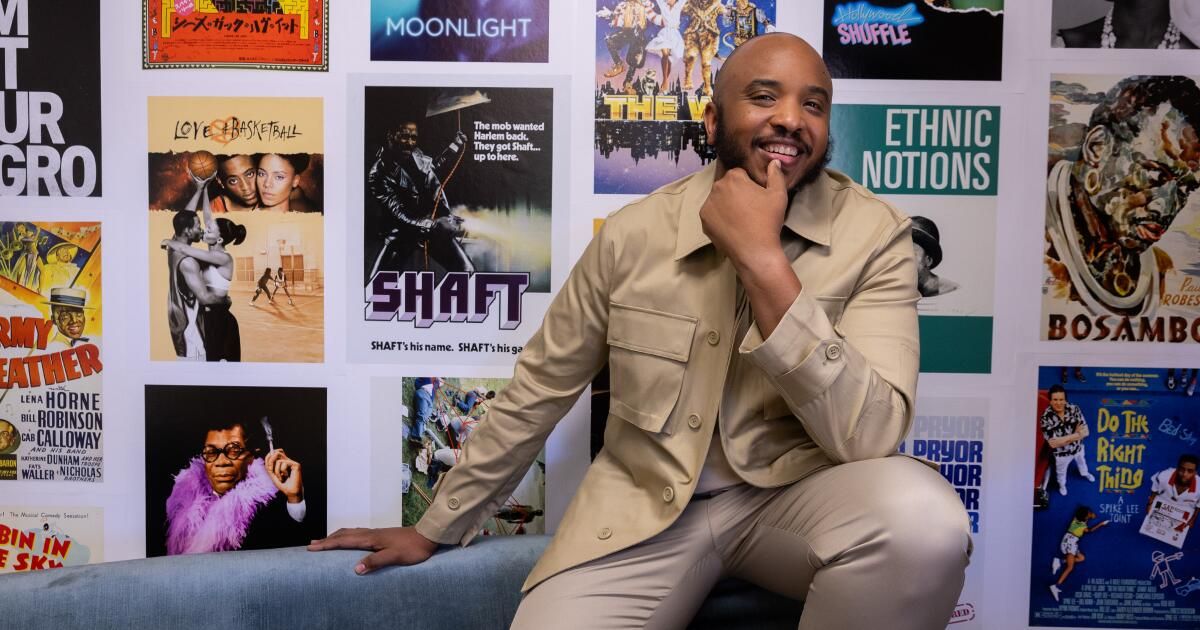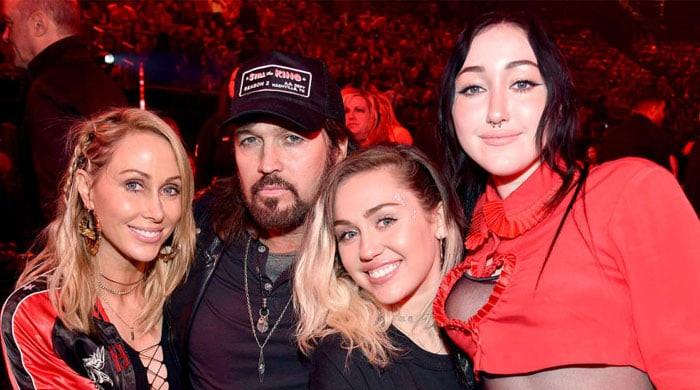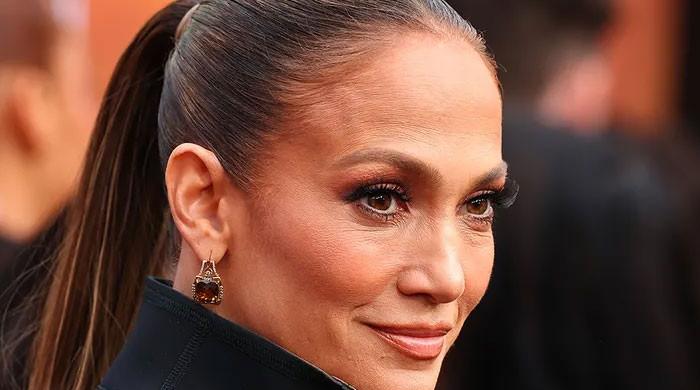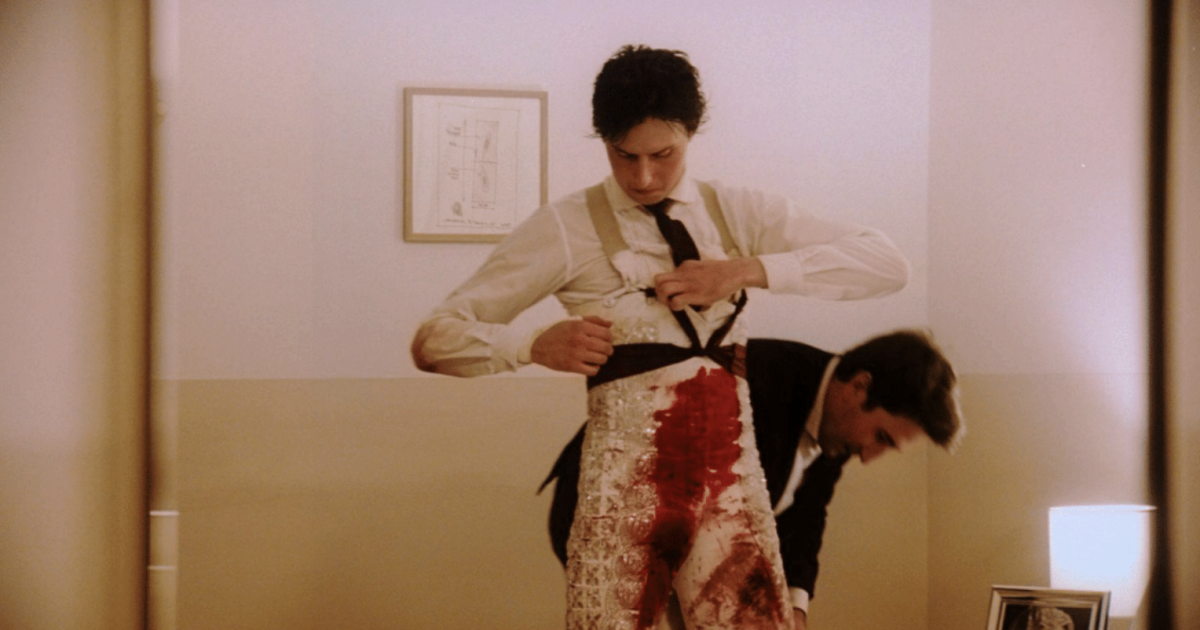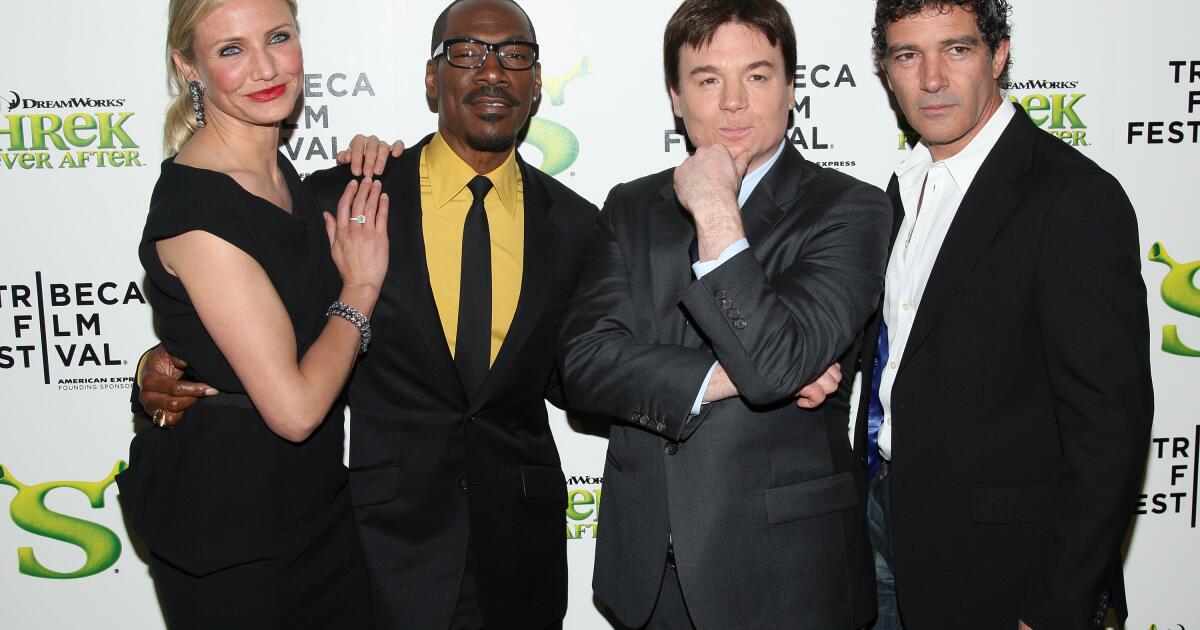“What is a film noir?”
It was a question Justin Simien, who first came to Hollywood’s attention with his first feature, the 2014 HBCU comedy “Dear White People,” put to several top-tier filmmakers. He didn’t get a definitive answer:
“A film in which African Americans play the leading roles.”
“A film inspired, rooted, influenced and told by black people.”
“I know someone when I see one.”
Simien’s quest to answer that question is at the heart of “Hollywood Black,” his exploration of the history of Black cinema, highlighting the triumphs and obstacles faced by Black artists. The four-part MGM+ documentary series premiered in August and concludes Sunday with the episode “Dear Black People,” which focuses on recent successes by Black filmmakers, from “Get Out” to “Black Panther.”
Inspired by historian Donald Bogle’s book “Hollywood Black” and peppered with insights from several notable artists (including directors Ryan Coogler (“Black Panther”) and Gina Prince-Bythewood (“The Woman King”) and actor Giancarlo Esposito), the project traces the evolution of film noir from the silent era to the present day. A priority of the project was to celebrate artists and films that have been “hidden in plain sight.”
Ryan Coogler, left, and Justin Simien in a scene from the MGM+ documentary series “Hollywood Black,” which is inspired by historian Donald Bogle’s book of the same name.
(MGM+)
“I want us all to rethink the history of cinema,” Simien, who also directed Disney’s 2023 remake of “The Haunted Mansion,” said in introducing the series. “Because whoever controls cinema controls history.”
From his office in Hollywood, he talked about the challenges of making the documentary, the devastating impact of last year’s labor strikes in Hollywood and how there may be more than two film versions of “The Color Purple.” These are edited excerpts from the conversation.
Trying to cover the history of film noir in four hours must have been a formidable task.totaking.
This entertainment industry is built on a popular culture in which black people are the center. It's never in our hands, but they can't completely eliminate us because we are the secret formula at every stage of their development and evolution. So the story is about how these people who are so important in the creation of this art form win, lose, and regain control over it. It ends up being a political story, more than anything.
Much of your personal journey was influenced by “The magicianA lot of people love that movie, but it wasn't a commercial or critical success.
The metrics of success that we're all taught about how to value certain films need to go out the window when it comes to black films. They really do, particularly when it comes to something like “The Wiz,” which had a gigantic cultural impact. It's almost like the Bible, culturally and artistically. That movie has a lot of accomplishments, and one of the biggest ones is putting Michael Jackson and Quincy Jones together. I would say it's one of the first depictions of ballroom culture in the famous Emerald City sequence. It's one of the most expensive movies ever made with black people on screen.
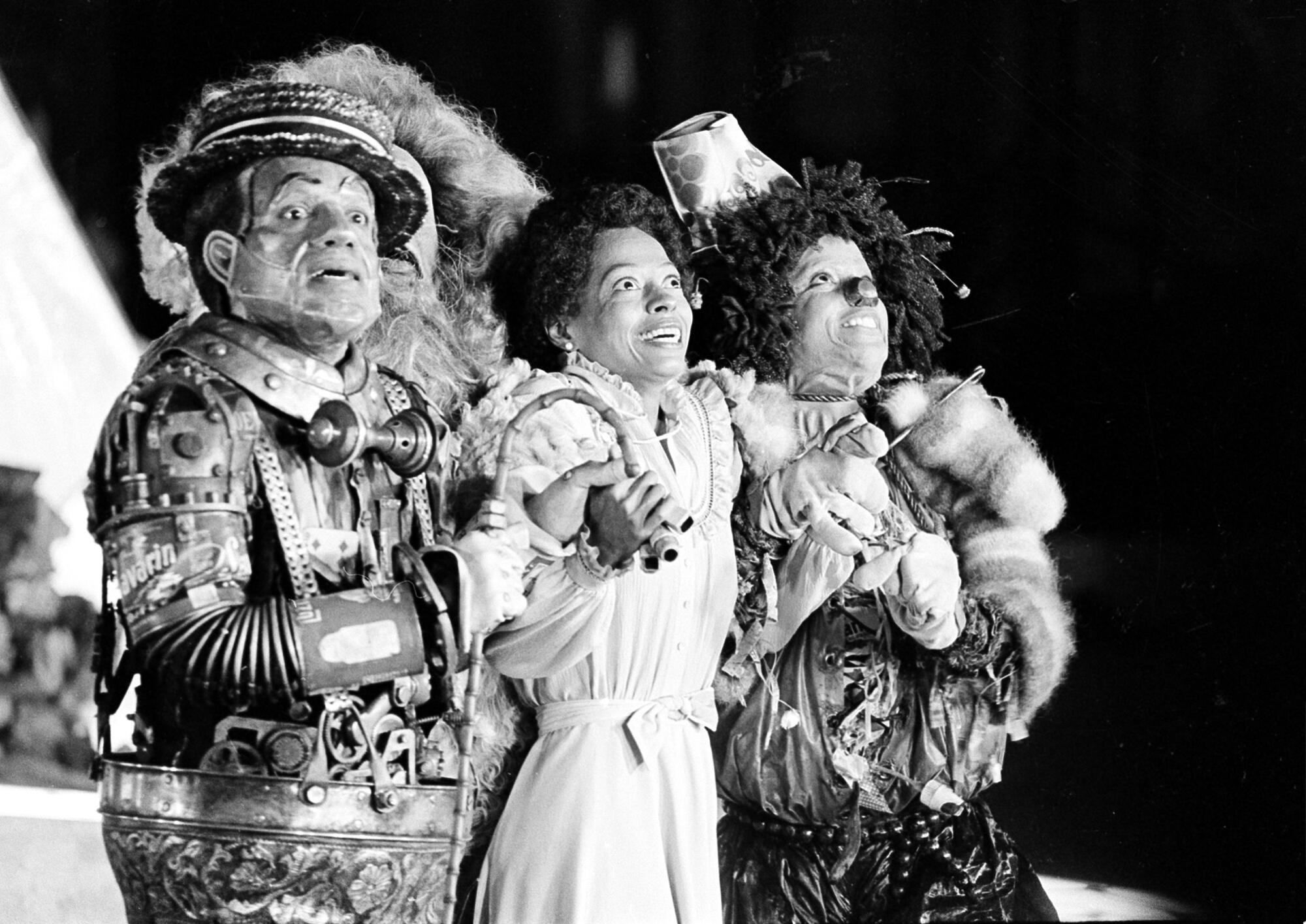
“The Wiz” stars include Nipsey Russell, who played the Tin Man, Diana Ross as Dorothy and Michael Jackson as the Scarecrow. Justin Simien says the film is “almost like the Bible, culturally and artistically.”
(Associated Press)
Another film that generates mixed feelings among black audiences is Musical version 2023 from “The Color Purple,” produced by Oprah Winfrey. Many fans of the 1985 film starring Whoopi Goldberg did not accept it.
I understand that, but on the other hand, I'm glad that Blitz Bazawule, who directed the musical version, was able to make his first major feature film. I appreciate the fact that it's extremely rare and an experiment every time a black filmmaker gets to make a film. That alone deserves our attention. We don't have the same set of opportunities.
And on a personal level, I long for an adaptation of “The Color Purple” that properly elevates the queer message of that text that Alice Walker wrote. If we want to keep making “The Color Purple,” I’m all for it. There’s more to be extracted from that text.
I was very impressed by the documentary's focus on artists and films that haven't received much attention, such as Charles Lane, who directed a black-and-white silent film, “Sidewalk Stories.”
The impetus for this project was seeing these films and being stunned and furious, actually enraged. “Sidewalk Stories” came out in 1989. That was a great year for film noir: the year of [Spike Lee’s] “Do the Right Thing.” But no one mentions this other movie that was made that didn’t spawn its own film genre like “Do the Right Thing” did. Part of the reason is that it didn’t fit in with what was fashionable about blackness at the time. But it is a masterpiece.
When “The Artist” won the Oscar, I remember liking the movie, but being baffled that it was considered a big deal. “Sidewalk Stories” is everything that movie was in terms of using silent film aesthetics, particularly in the way Charles quotes Charlie Chaplin but presents himself as a dark-skinned black kid on the streets of New York. He’s challenging the viewer, using the same situations, but with a group of black people. Why does it feel different to see the same kind of relationships on screen with black people?
During the early stages of the Hollywood strikes, black artYoThe sts feared that they would be severely punished. affected When they finished. There's a lot of pain in Hollywood right now because people are out of work, but has it been worse for black filmmakers?
Yes. It's harder than ever and it's hit queer artists even harder. I got on that wave with “Dear White People” [the film] and I felt like I was swinging again. Then I was swinging again by turning Dear White People into a TV series. I felt like I was swinging during those years, and it’s definitely coming back. It’s very difficult.
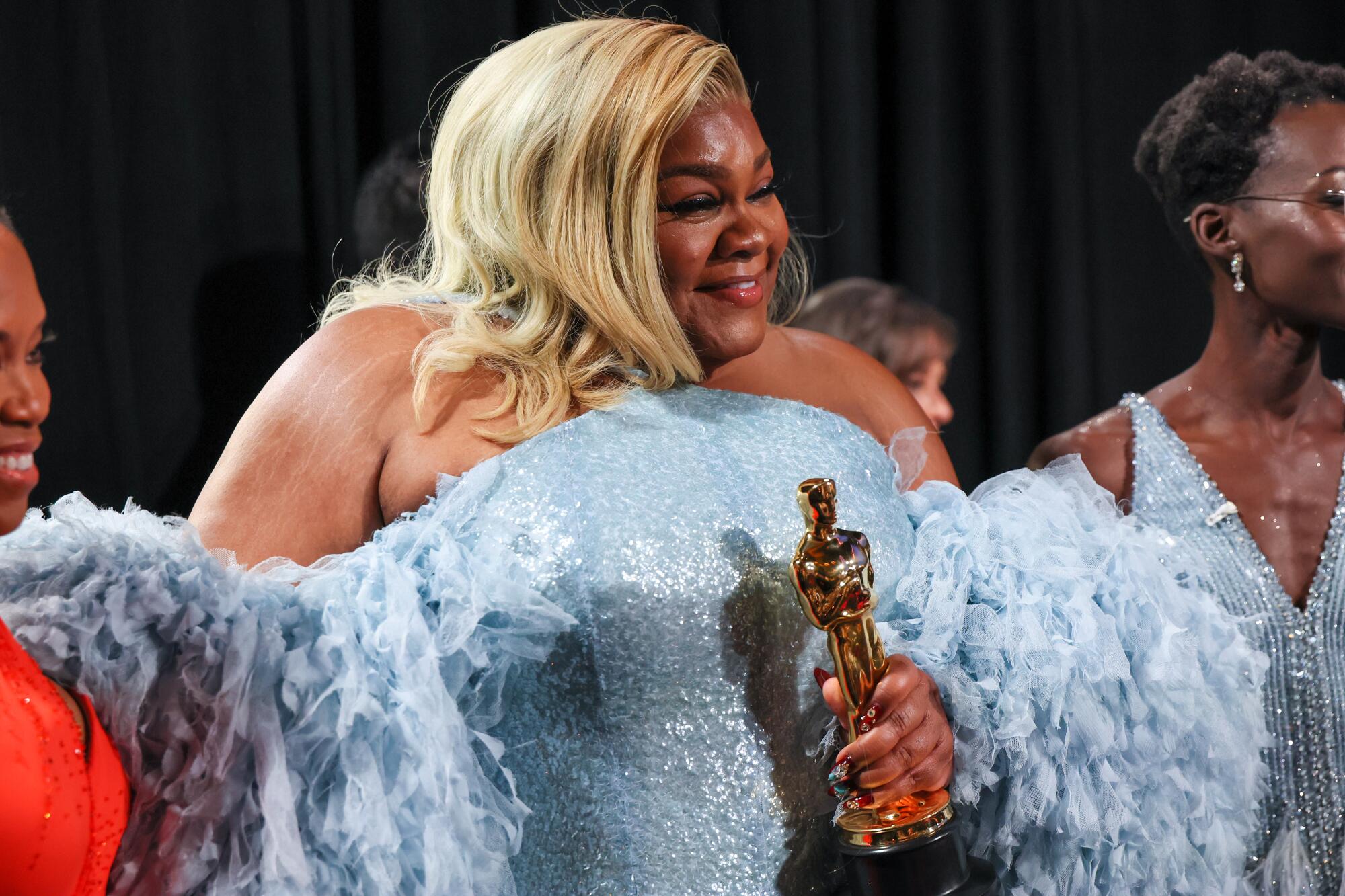
Da'Vine Joy Randolph backstage at the Oscars in March after winning best supporting actress for “The Holdovers.”
(Robert Gauthier/Los Angeles Times)
Joy Randolph by Da'Vine This year, she won an Oscar for her performance in “The Holdovers” as Mary Lamb, the head cook at an elite New England boarding school. But her win sparked some controversy, with some observers claiming it continued a decades-long tradition of honoring black women who play characters subordinate to whites or in roles that function in support of white characters, without honoring them for anything else.
That’s an important conversation. But again, she’s winning an award for her performance. The bottom line is that for whatever reason, the role didn’t exist for her in the hands of a black filmmaker. What she did with it was phenomenal. To me, that’s what we’re rewarding. The same thing is true of Hattie McDaniel in “Gone with the Wind.” We’re not rewarding representation, or caricature, or stereotype. We’re rewarding the person within a pretty not-so-great system that consistently represents black people in a very negative way. Within that, she was able to do something pretty magnificent and steal the spotlight from the other white co-stars.
There's a lot more you didn't get to explore in “Hollywood Black.” Is there a chance for more episodes?
I think that would be great. It depends on MGM and MGM+. You could talk about the same periods and talk about completely different artists and still not have enough time. Or you could choose one artist per episode. If someone wants to give me some money for the Ken Burns documentary, then we can do that.

